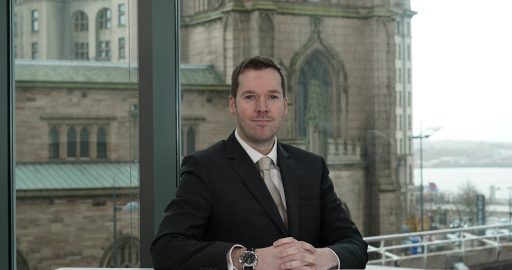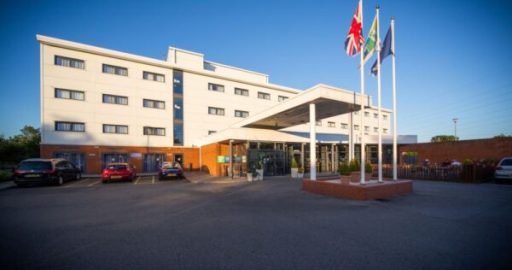
May AiM Market Musings from Stephen English, Investment Director
While the British ISA idea was canned last year, the government continues to look at changes to ISAs which could improve returns for savers by channelling investment into productive assets, such as equities, rather than cash. This should be grist to the mill from a UK growth perspective, with faster growth the only solution to what ails us fiscally. Whenever changes or reductions to… Read more May AiM Market Musings from Stephen English, Investment Director
3rd May 2025



